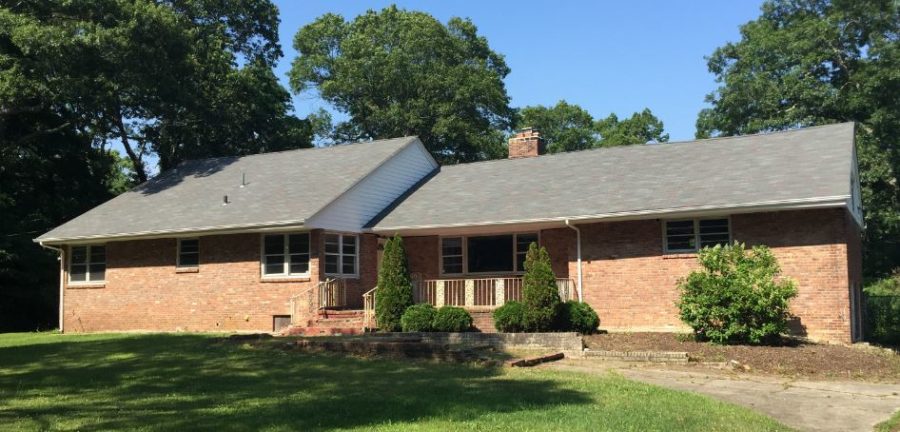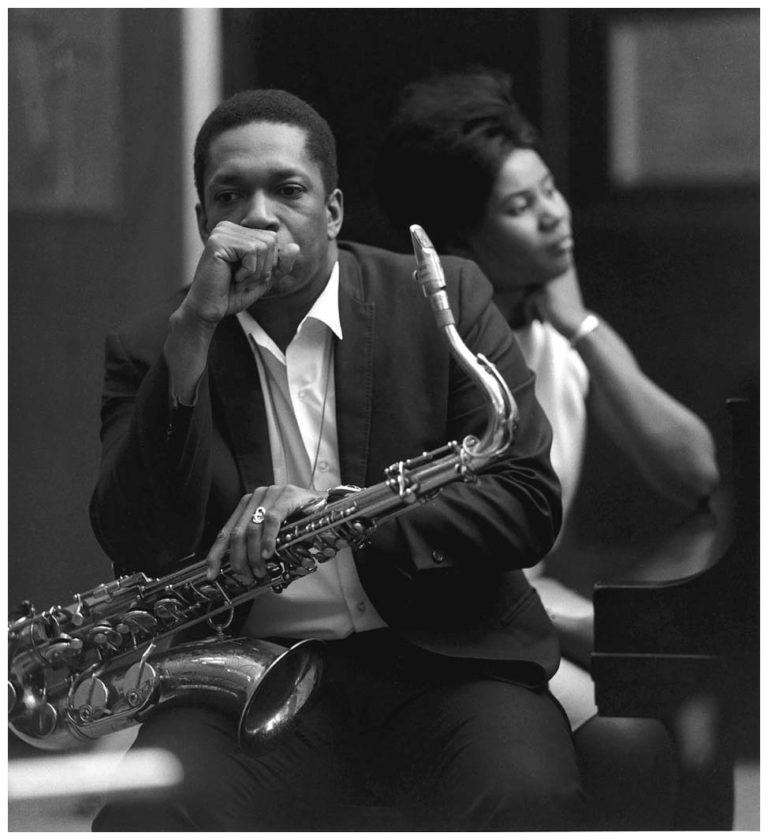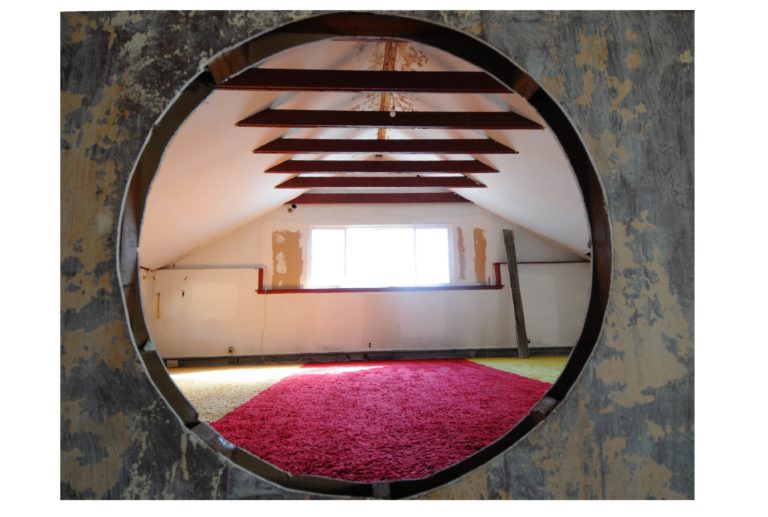Preservation Long Island is pleased to welcome Kathleen Hennessy, a trustee of the Friends of the Coltrane Home, as a guest contributor. The John and Alice Coltrane Home was named one of Preservation Long Island’s Endangered Historic Places in 2011. Soon after, the house appeared on the National Trust’s 11 Most Endangered Historic Places list for 2011. Since then interest in the Coltrane Home has grown and the future of this nationally significant site looks brighter than ever! Edited by Sarah Kautz, Preservation Director, Preservation Long Island.

Grant funding from New York State for restoration of the Coltrane Home has been awarded and preliminary restoration work should start soon. Plans are also underway for programs, training, and outreach to further the appreciation of American jazz and the Coltrane family’s legacy.
Music legend John Coltrane resided in Dix Hills at the Coltrane Home from 1964 until his death in 1967. His wife, Alice, lived in the house with her four children until 1973. Many important musical works were created at the Coltrane Home, including John Coltrane’s masterpiece, A Love Supreme. The house was also the site of Coltrane Studios where Alice made many recordings. Following a worldwide campaign, the property was purchased by the Town of Huntington in 2005 and turned over to the Friends of the Coltrane Home for restoration and interpretation.

The John and Alice Coltrane Home
By Kathleen Hennessy, Friends of the Coltrane Home Trustee
“The music is within your heart, your soul, your spirit,” said Alice Coltrane in describing her work, “and this is all I did when I sat at piano. I just go within.” It is difficult to visualize the mechanism by which great artists synthesize self and the world, or perform the alchemy necessary to produce their art. The John and Alice Coltrane Home in Dix Hills may provide, if not insight into the process, at least an opportunity for visitors to experience a place where two great American artists lived, worked and went “within.”
While there are a fair number of historical house museums across the US (around 15,000), only a small percentage are devoted to African Americans. The Coltrane Home tells the story of great African American artistry during a time of turmoil in our country over race; it also reveals a place where a woman pursued her artistry in a time of turmoil over gender.
So many threads are woven into the fabric of this house and it is emblematic of so much that is specifically American: integration and the quest for self-improvement; upward mobility and the move of families from urban environments to suburbia; modernism in both the mid-century architecture of the Coltrane Home and the cutting edge creativity that happened inside.
Plans for the Home include interactive exhibits giving historical context for the time when the Coltranes lived there, as well as music listening stations and displays of instruments, original furnishings, and memorabilia donated by the Coltrane family and preeminent Coltrane collectors. The basement studio where Alice Coltrane made her great recordings for Impulse Records in the early 70s will be restored and there will be a meditation garden in her name. The Home will offer educational programming, places to listen and think, and will live up to its motto: educate and elevate!
During this Black History Month, it is important to listen closely to Black voices in appreciation; in awe of their accomplishments in the face of our history; and in contemplation of our continued movement forward together as a country. One way to continue this work is to honour the places where great African American artists created and one of the best places to do this is right here on Long Island at the John and Alice Coltrane Home in Dix Hills.




